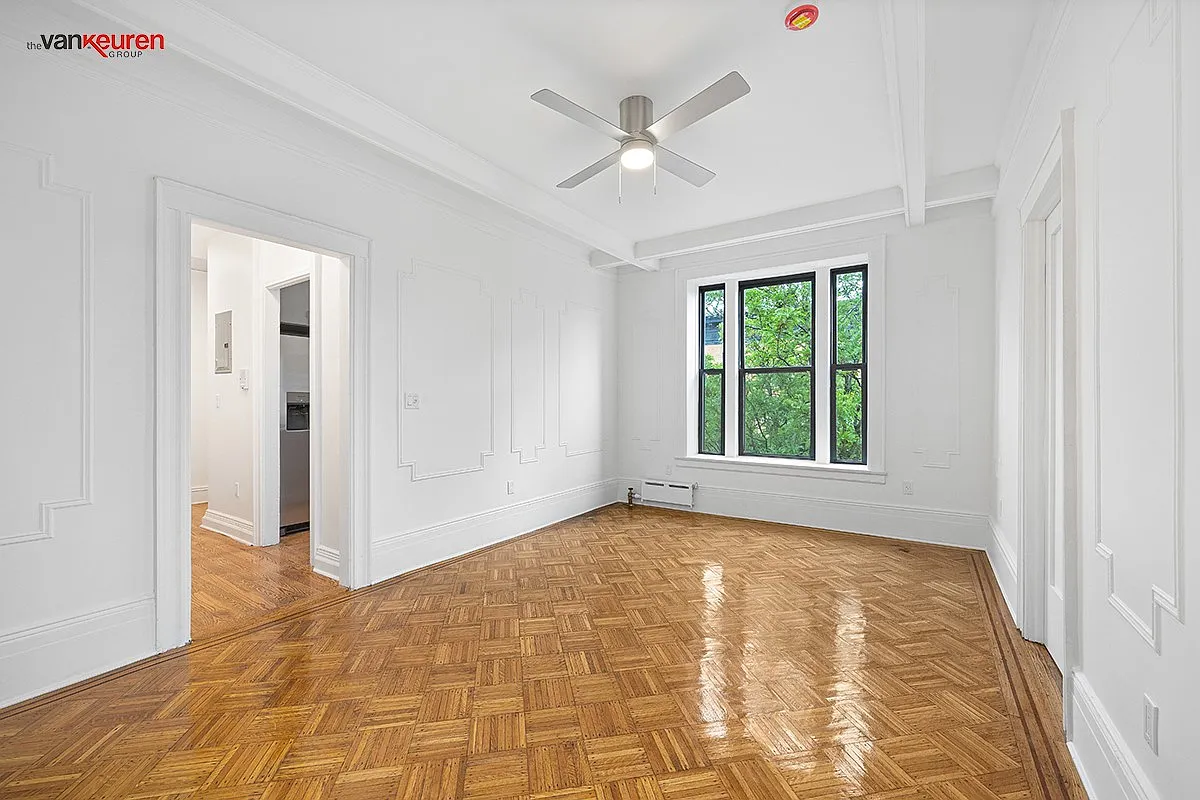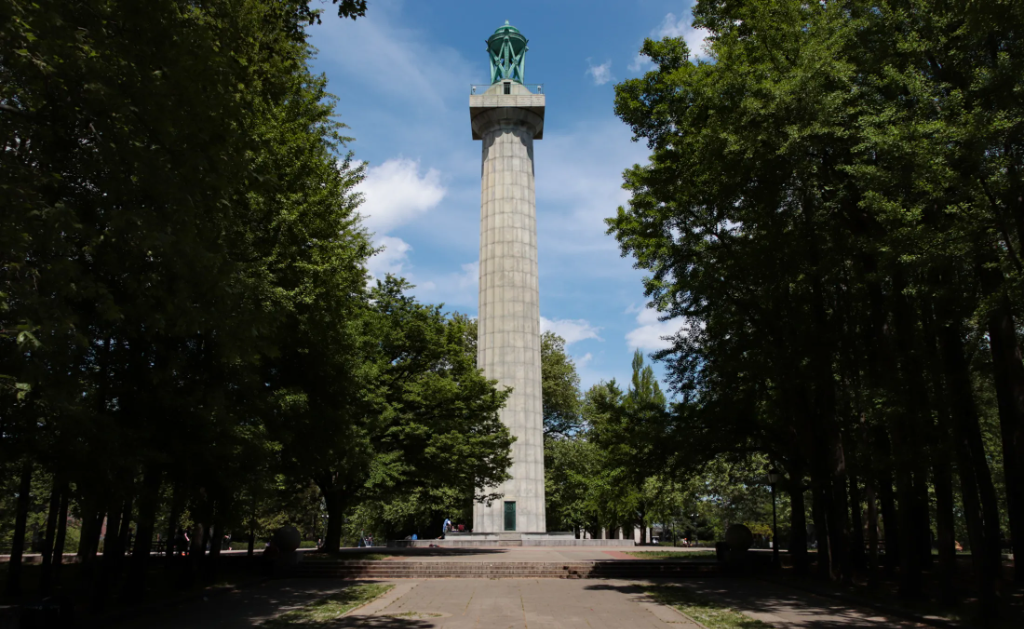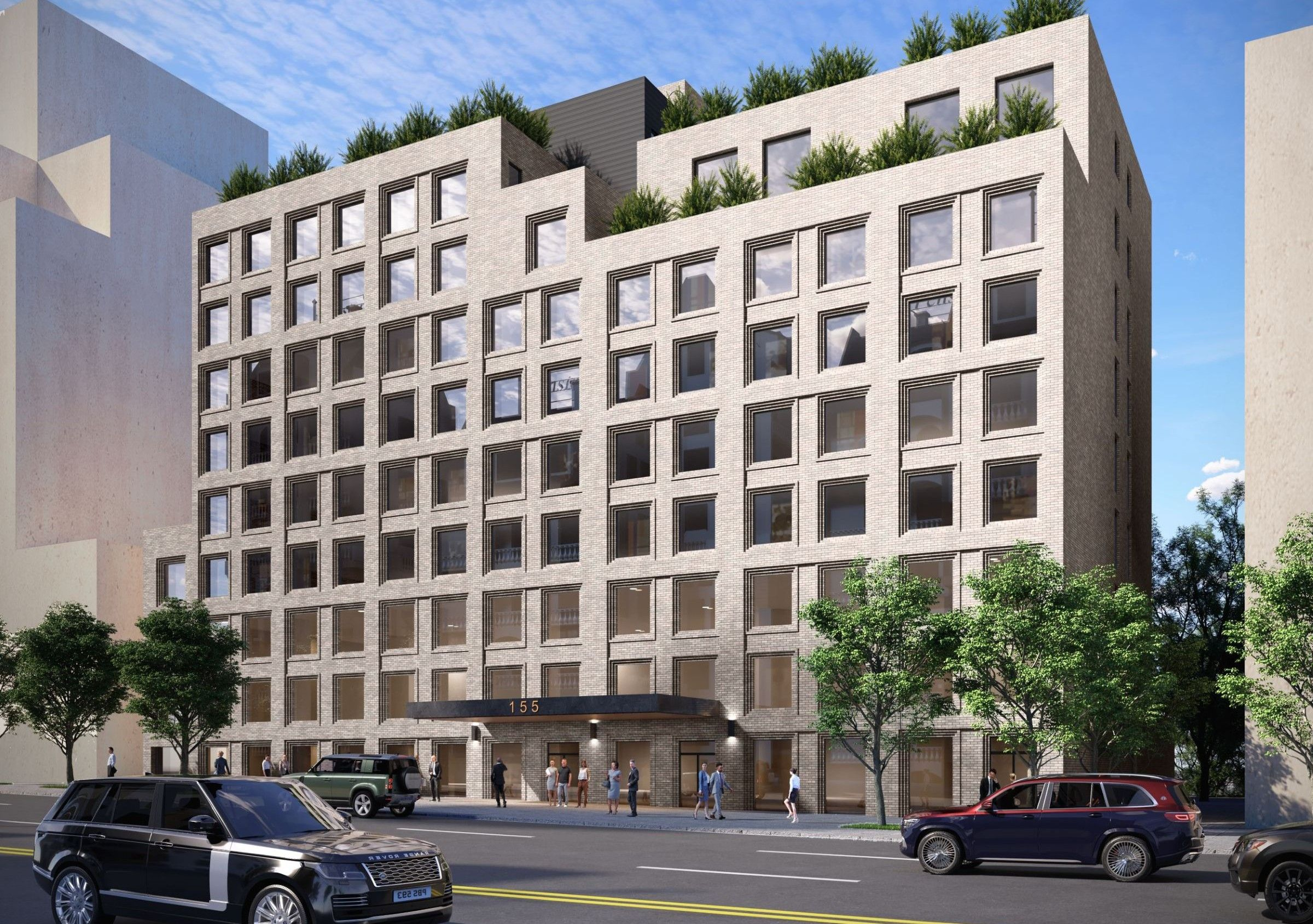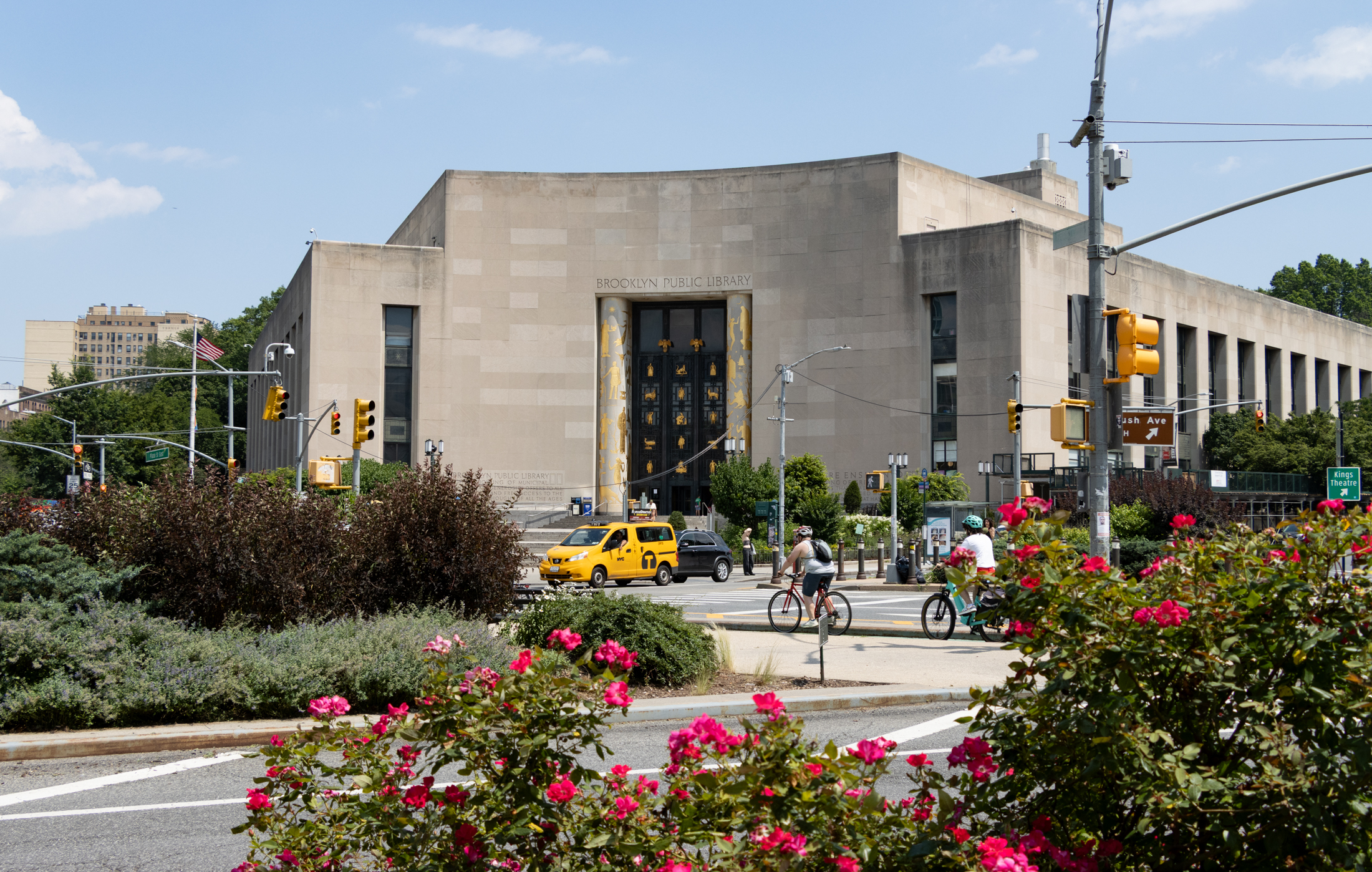Film Examines Remaking of Williamsburg
A film critical of the rezoning and subsequent building boom in Williamsburg, “Gut Renovation,” premieres at Film Forum today. Filmmaker Su Friedrich, who moved to the neighborhood in 1989, identifies 173 new-construction sites in the neighborhood, which she nicknames Condoburg. The movie documents the displacement of many owners of small businesses; Friedrich and her partner were also forced to…

 A film critical of the rezoning and subsequent building boom in Williamsburg, “Gut Renovation,” premieres at Film Forum today. Filmmaker Su Friedrich, who moved to the neighborhood in 1989, identifies 173 new-construction sites in the neighborhood, which she nicknames Condoburg. The movie documents the displacement of many owners of small businesses; Friedrich and her partner were also forced to move from the abandoned commercial loft they had renovated. Toward the end of the movie, Friedrich pretends to be a prospective buyer and tours some units in the new developments, which turn out to be small and expensive.
A film critical of the rezoning and subsequent building boom in Williamsburg, “Gut Renovation,” premieres at Film Forum today. Filmmaker Su Friedrich, who moved to the neighborhood in 1989, identifies 173 new-construction sites in the neighborhood, which she nicknames Condoburg. The movie documents the displacement of many owners of small businesses; Friedrich and her partner were also forced to move from the abandoned commercial loft they had renovated. Toward the end of the movie, Friedrich pretends to be a prospective buyer and tours some units in the new developments, which turn out to be small and expensive.
Review: A Work in Progress [NY Times]





The Bloomberg legacy – in a city with 50,000 homeless, nearly half children, 25 year tax abatements are given to luxury housing developers. That is obscene.
To dirty_hipster; if by “narrow” you mean the dictionary definition, then guilty as charged. Gentrification means changing a neighborhood’s character to conform to more middle-class (ie: “the gentry”) values. The artists have little interest in changing a neighborhood; they move to wherever it is conducive to work, and they don’t want that to change. They may well be an omen of change, or even an unwitting primary-mover of a process, but they are NOT gentrifiers, by either correct or colloquial use of the term.
Most neighborhoods change slowly; it’s a simple matter of the market. Buildings sell slowly as not everyone sells at once. Change is incremental. When there is a wholesale change-over, like when a developer buys a city block and demolishes an R-6 neighborhood to build an apartment block, it is traumatic for everyone in the surrounding neighborhood. When a neighborhood the size of Williamsburg goes through that, you can be guaranteed there will be some concern stated, and stated loudly. While Friedrich may be shrill, she’s just one voice out of the thousands.
It’s been the history of this city that artists move into a deserted area for the large spaces and cheap rents, and create a bohemian environment. They couldn’t be considered “gentrifiers” under any stretch of the word. Next, the stodgy middle-class follows them, liking the improved neighborhood and the artistic edge. They gentrify a bit, and THEN the developers come. This didn’t start with Williamsburg, or even Soho. Pre-WWI saw Greenwich Village go from a tear-down neighborhood into an artistic/creative haven, and prices climbed accordingly. The problem has become the developers quickly jumping to follow the artists, who are then pushed out by simple economics. Name a “recovered” area; Tribeca, Soho, Park Slope, Chelsea, Williamsburg; all were once thriving artists’ neighborhoods, where only the lucky few artists still survive. No one ever expected to see artists move even further to Bushwick, Yonkers, or Gowanus, but now they’re even being forced out of those areas. I’ve dealt with many “name” NYC artists who have been unable to buy commercial space and are tired of moving studios only to be newly evicted every 3 years. They end-up in the Hudson Valley, Stamford, or (god forbid) Philadelphia. New York/Brooklyn may still have the galleries, but we’re losing the artist population. Su Friedrich is certainly guilty of overstating her case, but her premise that a soulless city is being created has a lot of validity; It’s not just the buildings that are banal.
What a moron. Like Williamsburg began when she/’her kind” moved there. She was a gentrifier just like the people that she mocks. Playing the worlds smallest violin for her. Move to Brownsville if you want gritty.
Up next: Orthodox community protests gefilte fish processing plant condo conversion…